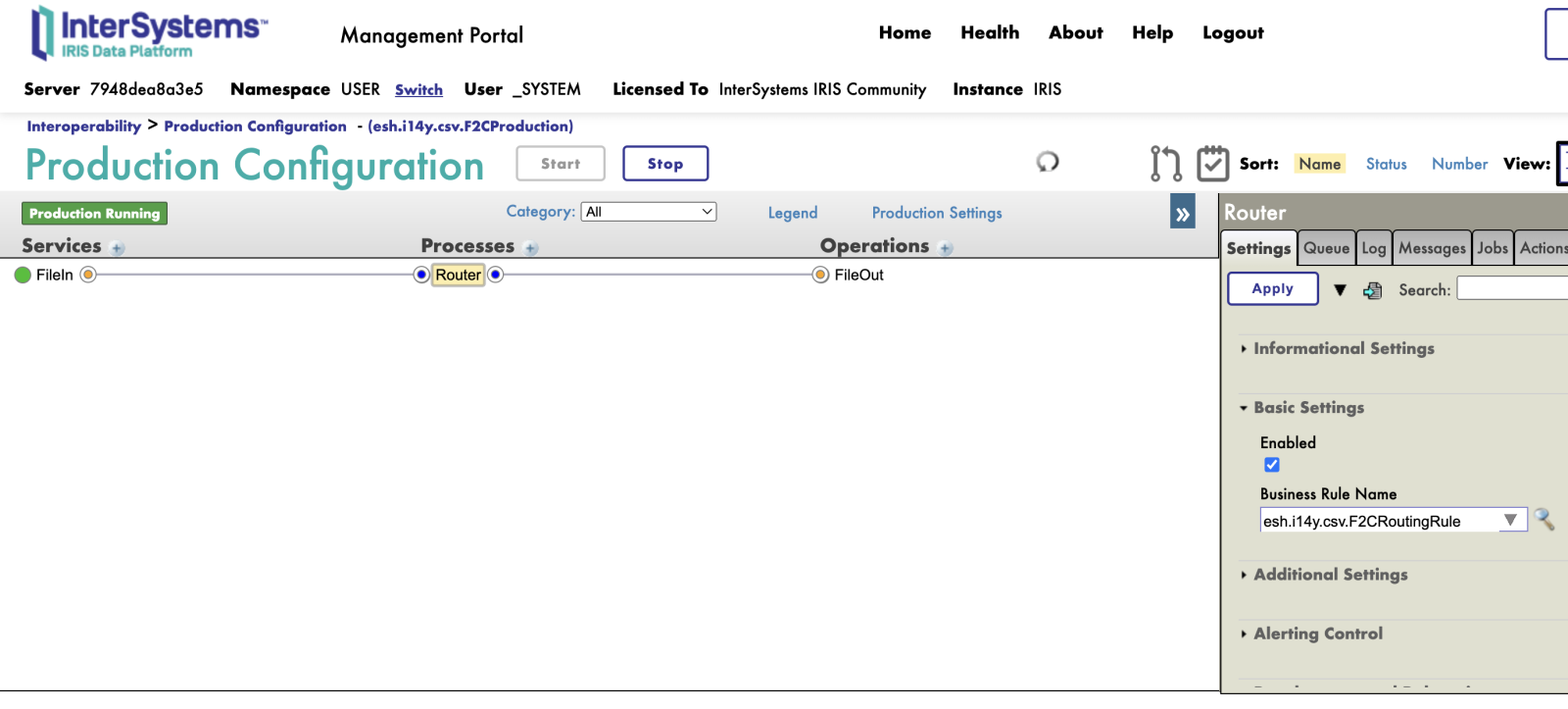I have a client who' recently acquired a business that was running software that uses InterSystems IRIS as the database back end. In the process of preparing to have my company's software installed the client formatted the hard drive of his server, wiping out his data. I can't convert the data to MS SQL without a functioning database. He had a backup on an external drive, which I have copied down to my local machine. I loaded up a virtual machine with Windows 10 Pro, I installed Docker and IRIS. I started searching for explicit instructions for restoring the .CBK file, but I'm not hav
InterSystems Developer Community is a community of
25,141 amazing developers
We're a place where InterSystems IRIS programmers learn and share, stay up-to-date, grow together and have fun!

.png)
.png)

